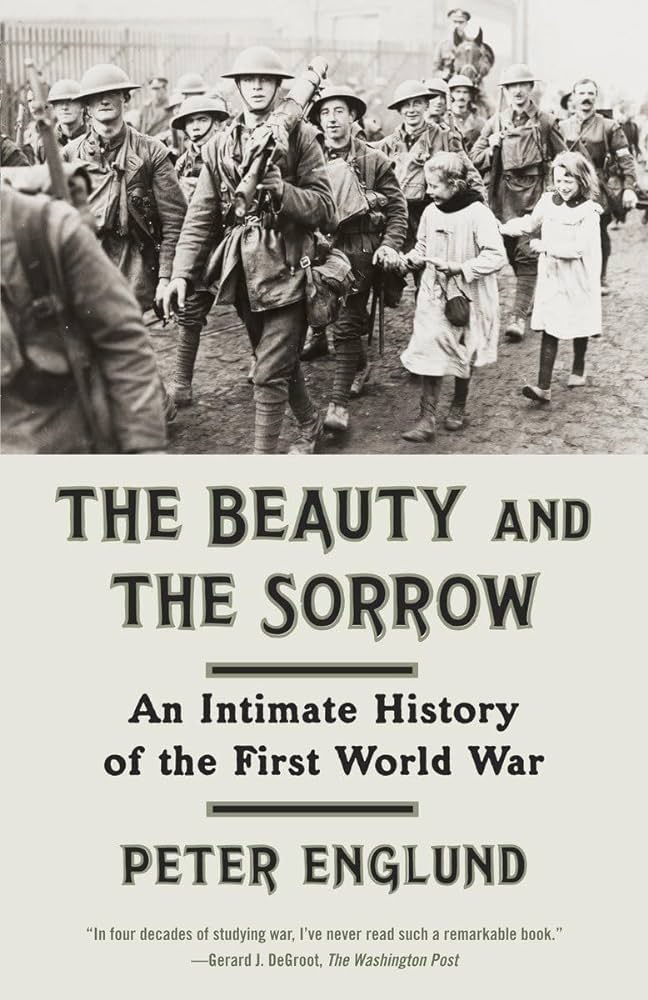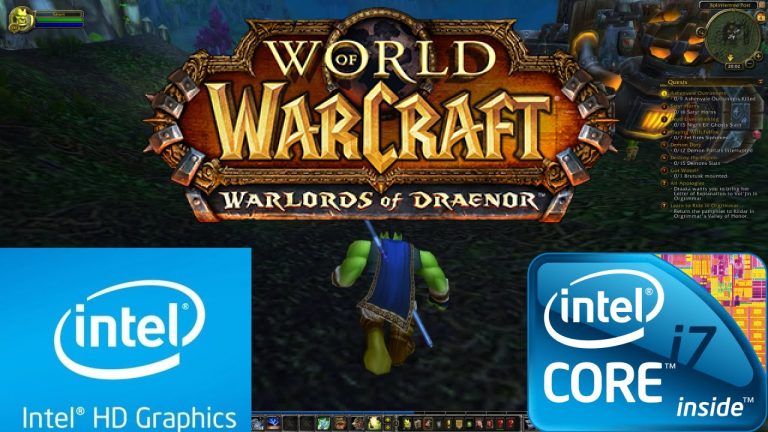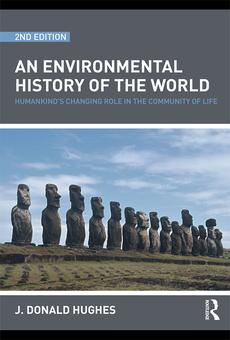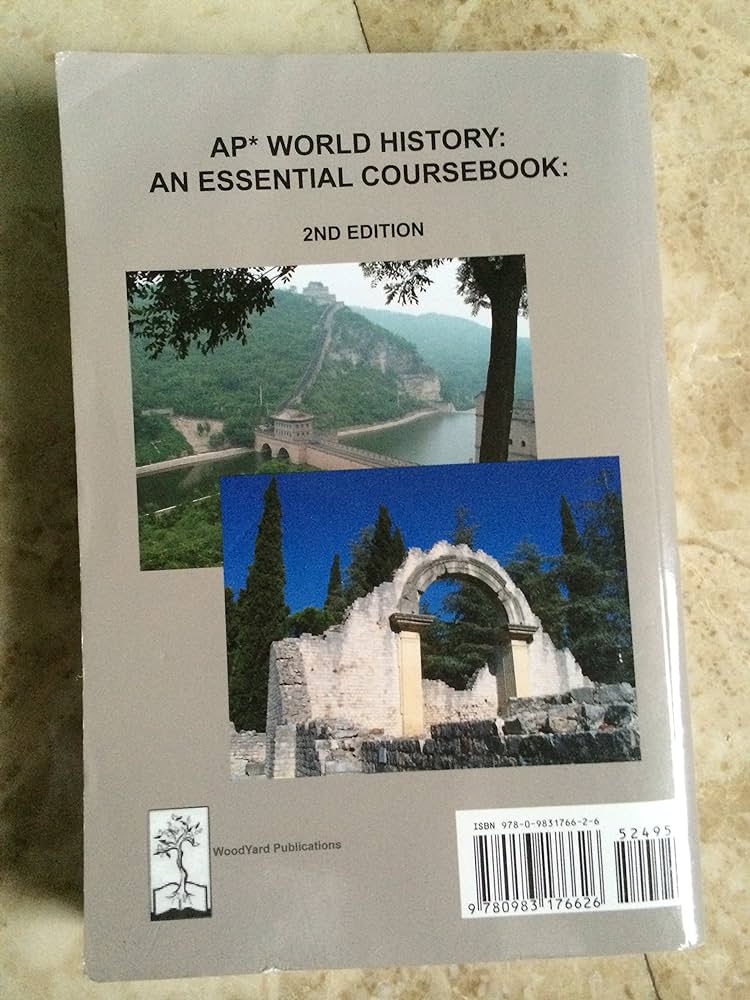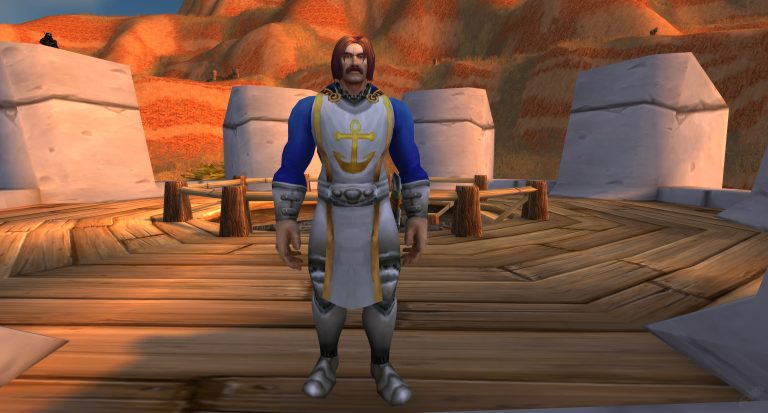World War 1 An Intimate History
World War 1 An Intimate History is a comprehensive exploration into the defining event of the 20th century. Through a powerful combination of personal stories, vivid photography and an in-depth look at the major battles and campaigns, this book captures the human cost and emotional impact of the war. Drawing on a wide selection of memoirs, diaries and letters, it presents a detailed and intimate account of the war and its aftermath. It is an invaluable resource for anyone wishing to explore and understand the full range of the First World War experience.
Overview of World War 1
World War 1 (WWI) was a global conflict lasting from 1914-1918. It was the first major war to involve all the world’s major powers and was fought on an unprecedented scale. It saw the mobilization of over 70 million military personnel, the majority of them being Europeans. This war resulted in over 10 million deaths and more than 20 million wounded. The causes of WWI are complex and varied, but primarily stem from the military and political rivalries and alliances between the European powers. These rivalries and alliances had been in place since the late 19th century and were further exacerbated by the assassination of the heir to the Austro-Hungarian throne in 1914. The war was primarily fought in Europe, with battles occurring in the Middle East, Africa, and the Pacific. It was characterized by the use of novel weapons and tactics and saw the introduction of new technologies such as tanks, aircraft, and chemical weapons. WWI also saw the emergence of new ideologies, such as nationalism, and had a profound effect on the social, political, and economic landscape of Europe and the world. As a result, WWI has come to be seen as a turning point in world history and its legacy is still felt today.
Causes and Events of World War 1
World War 1 marked a major turning point in modern history, with the conflict lasting over four years and resulting in the death of millions of combatants and civilians alike. The causes of the war have been widely debated by historians, and the events leading up to it are complex and varied. On 28 June 1914, Austrian Archduke Franz Ferdinand and his wife Sophie were assassinated in Sarajevo, leading to the outbreak of war between Austria-Hungary and Serbia. This event triggered a series of alliances and declarations of war, resulting in the formation of two major camps: the Central Powers, consisting of Germany, Austria-Hungary, Bulgaria, and the Ottoman Empire; and the Allied Powers, comprising the United Kingdom, France, Russia, and the United States.
The events of World War 1 included a series of battles, most notably the Battle of the Somme, as well as the introduction of modern warfare tactics such as trench warfare, aerial bombardment, and poison gas. Additionally, the war saw the development of new technologies such as machine guns, tanks, and submarines. As the war progressed, the Central Powers were eventually defeated, and the Treaty of Versailles was signed on 28 June 1919, officially ending the conflict.
The effects of World War 1 were far-reaching, with the conflict resulting in the breakdown of the old world order and the emergence of new nations in Europe and beyond. Additionally, the war led to the rise of totalitarian regimes in the Soviet Union and Nazi Germany, as well as the emergence of the League of Nations, the forerunner of the United Nations. Today, the legacy of World War 1 can still be felt in the form of monuments, museums, and memorials, as well as in the collective memory of the world.
Domestic Impact of World War 1
The First World War marked a turning point in the history of the world. Not only did it reshape the old European order, but it also had a profound effect on the home front. The war changed the ways people worked, the way they lived, and the way they thought about the world. From rationing to the introduction of new technologies, the domestic impact of WWI was felt across the globe.
From women taking on traditionally male roles to the emergence of a new consumer culture, the war brought about a cultural revolution. The introduction of mass production and new technologies allowed for the mass production of war materials, which in turn created new jobs and economic opportunities for many.
The war also had a lasting effect on the family. With millions of men away from home, women had to take on roles that had traditionally been done by men while also managing the home and caring for children. The war also saw a rise in the number of single-parent households, as men either died in combat or were away for long periods of time.
The effects of WWI on the home front were far-reaching, and the effects are still felt today. From the emergence of a new consumer culture to the rise of single-parent households, the war changed the way people lived, worked, and thought about the world. The war may have ended a century ago, but its legacy still lingers in the present.

Military Tactics and Technology Used in World War 1
World War 1 is often remembered for its devastating losses of life, but it was also a war of great technological and tactical innovation. From the deadly tanks and machine guns used by the Central Powers to the use of submarines and chemical weapons by the Allied forces, this conflict saw the introduction of many new weapons and tactics that would shape the course of future wars.
The invention of the tank drastically changed the landscape of warfare. These large, heavily armoured vehicles allowed infantry to move quickly across the battlefield and allowed them to break through enemy lines with ease. Tanks were used by the Germans to great effect during the Somme Offensive in 1916 and at the Battle of Cambrai in 1917.
The introduction of machine guns changed the way battles were fought. These weapons allowed forces to fire hundreds of bullets per minute, making it hard for the enemy to advance. Machine guns were used to great effect by the Central Powers at the Battle of Tannenberg in 1914, where they successfully routed the Russian army.
Submarines were another weapon used by the Allies during World War 1. These heavily armoured vessels allowed them to cut off supply lines and disrupt enemy shipping. Submarines were used to great effect by the Germans during the Battle of Jutland in 1916, where they managed to sink several British ships.
The use of chemical weapons was also a major factor in World War 1. Poison gas was used by both sides in an effort to gain an advantage over the enemy. These weapons caused severe physical and psychological trauma to those exposed to them, and their effects are still felt today.
World War 1 was a conflict that saw the introduction of many new weapons and tactics. From tanks and machine guns to submarines and chemical weapons, these innovations changed the way wars were fought and had a lasting impact on the course of history.
Social and Cultural Changes Resulting From World War 1
World War 1 was a monumental event in human history, and its impacts were far reaching. It caused a complete transformation of the political and social structure of the world. But just as importantly, it initiated a dramatic shift in the cultural and social norms of the day. These changes were felt in many aspects of life, from the rise of the women’s suffrage movement to the introduction of new technologies and improved access to education.
The effects of World War 1 on social and cultural life were profound. Women were given unprecedented opportunities to take part in public life, and more than a million women joined the workforce during the war. There was also an increase in the availability of consumer goods, which improved the quality of life for many people. The war also led to the rise of the modern entertainment industry, and radio and cinema became popular forms of entertainment.
In addition, World War 1 saw the development of new technologies that had a major impact on the way people lived and worked. New medical treatments were developed that improved the health of many people, and advances in transport and manufacturing allowed for the mass production of goods. This led to a dramatic increase in the standard of living for many people.
Finally, World War 1 had a huge impact on education. The war led to an increased emphasis on science and technology in the school curriculum, and more people began to pursue higher education. This, in turn, resulted in more jobs available for those with the relevant qualifications.
In conclusion, World War 1 had a massive impact on the social and cultural life of the world. It brought about unprecedented changes in the way people lived, from the introduction of new technologies to the rise of the women’s suffrage movement. These changes have had a lasting impact on the world, and their effects are still being felt today.
Legacy of World War 1
The legacy of World War 1 is still felt today, some 103 years after the armistice brought an end to the conflict. This global conflict, which pitted the Allied Powers against the Central Powers, saw unprecedented destruction, loss of life, and physical and psychological trauma. The effects of World War 1 were felt far and wide, with lasting implications both in Europe and around the world.
On a geopolitical level, World War 1 reshaped the map of Europe and the Middle East, as the borders of countries were redrawn in the aftermath. The dissolution of the Ottoman Empire also had a profound impact on the region. In addition, the war brought about the emergence of new ideologies, such as communism and fascism, which would shape the world for decades to come.
The war also had a lasting impact on the lives of those who lived through it. Many experienced physical and psychological trauma, while others faced displacement and displacement-related trauma. The war also had a lasting impact on the economy, with countries experiencing a decline in production and an increase in inflation.
Finally, the cultural legacy of World War 1 is still felt today. The conflict was immortalized in the works of many writers and artists, as well as in popular culture. This has helped to keep the memory of the war alive, and to ensure that its legacy is never forgotten.
FAQs About the World War 1 An Intimate History
Q1: What is the focus of World War 1 An Intimate History?
A1: World War 1 An Intimate History focuses on the human cost of the war, exploring the experiences of the soldiers, civilians, and those affected by the conflict. It looks at the experiences of those who lived and suffered through the war, and examines the lasting impact of the conflict on our world today.
Q2: Who wrote World War 1 An Intimate History?
A2: The book was written by historians Geoffrey Jukes and Michael S. Neiberg.
Q3: What topics does World War 1 An Intimate History cover?
A3: World War 1 An Intimate History covers topics such as the role of technology in the war, the impact of propaganda, the role of the Central Powers, the emergence of new nations, and the legacy of the war. It also discusses the social and economic consequences of the conflict, and its effect on the home front.
Conclusion
World War 1: An Intimate History provides a unique insight into the lives of those who experienced the war first-hand. Through careful research of both primary and secondary sources, the authors have created a vivid and powerful narrative that brings to life the human stories behind the conflict. This book is a must-read for anyone interested in learning more about World War 1 and its lasting legacy.
